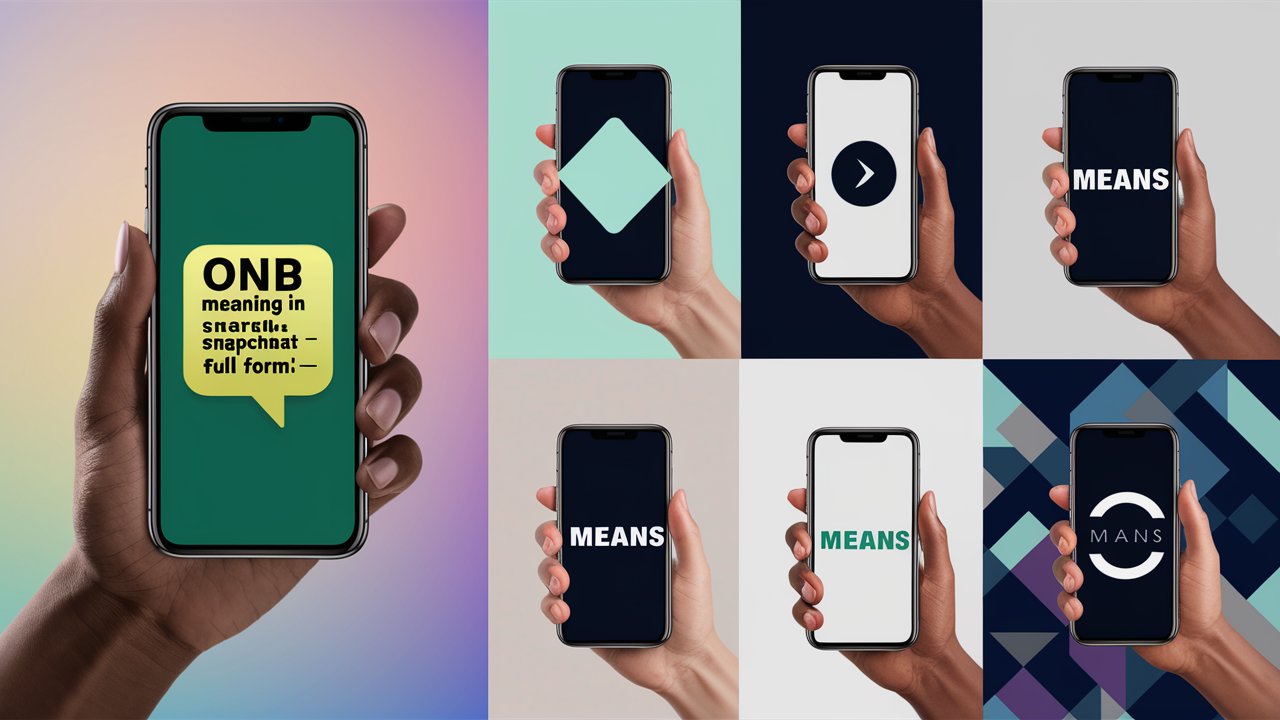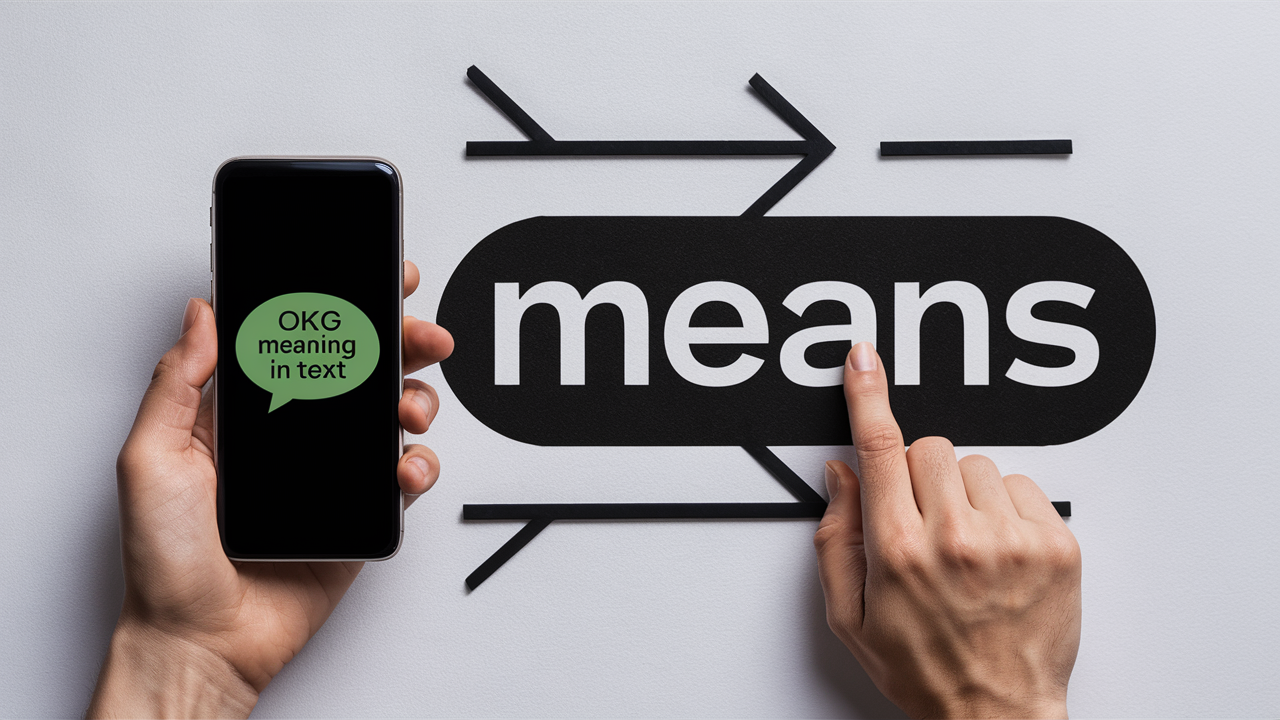In today’s digital world, where most of our communication happens through text messages, chats, and social media, abbreviations and acronyms have become essential tools. One such abbreviation is SND.
Before diving deep into its meaning, it’s important to understand what a Full Form is. A full form is the expanded version of an abbreviation or acronym. For example, “ASAP” stands for “As Soon As Possible.” Similarly, SND has multiple full forms depending on context, language, and cultural background.
Full forms are not just shortcuts. They are miniature codes of communication. They save time, keep conversations quick, and often reflect cultural nuances. Interestingly, the abbreviation SND has become one of the most multi-purpose terms in digital chat, carrying meanings across languages that go beyond a simple translation.
In this article, we’ll explore the different full forms of SND in 10 languages, provide chat-style examples, uncover origins, and analyze how each language shapes its meaning.
By the end, you’ll not only understand SND in text but also recognize how abbreviations like these form a vital bridge between language, culture, and technology.
SND Meaning in Text and Chat

In English-language texting, SND most commonly means “Send.”
For example:
- A: “Did you snd the file?”
- B: “Yes, I snd it just now.”
Here, snd works as a quick shorthand for “send,” cutting out just one vowel but still being completely understandable.
However, SND isn’t limited to English. In fact, different languages and regions adapt it with unique interpretations, making it richer than most people realize.
Let’s break it down language by language.
Full Forms of SND in 10 Languages
1. English: SND = Send
- Meaning/Usage: In English texting, SND = Send. It’s the most straightforward usage and one of the most common.
- Origin: The abbreviation emerged in early SMS culture (late 1990s to early 2000s) when character limits (160 per SMS) encouraged short forms.
- Chat Example:
- A: “Can you snd me the link?”
- B: “Sure, snding now!”
Analysis: English is the root of most digital slang, and SND = Send became globally recognized.
2. Hindi: SND = Sandesh (संदेश)
- Meaning/Usage: In Hindi, SND is often understood as short for Sandesh, which means message.
- Origin: Derived from Sanskrit, “Sandesh” historically meant both news and sweet dessert, but in texting it strictly means message.
- Chat Example:
- A: “Mujhe ek snd bhejna mat bhoolna.” (Don’t forget to send me a message.)
- B: “Haan, snd kar dunga.”
Analysis: Unlike English, Hindi usage adds a cultural depth because Sandesh is tied to both communication and tradition.
3. Italian: SND = Saluta, Notifica, Domani
- Meaning/Usage: In Italian texting, SND can mean “Saluta, Notifica, Domani” (Greet, Notify, Tomorrow). It’s a playful short form often used among youth.
- Origin: Italian chat culture loves creative acronyms, blending casual greetings and plans.
- Chat Example:
- A: “Ci vediamo più tardi?” (See you later?)
- B: “Sì, snd!” (Yes, greet me, notify me tomorrow!)
Analysis: Italians turn acronyms into expressions of friendship, not just functional terms.
4. Spanish: SND = Sin Nombre (Without Name)
- Meaning/Usage: In Spanish, SND sometimes refers to “Sin Nombre,” meaning “without name.” It’s used when a sender is unknown.
- Chat Example:
- A: “Recibí un snd.” (I received a no-name message.)
- B: “¿De quién será?” (Who could it be from?)
Analysis: Here, SND reflects privacy and anonymity, an important concept in Spanish-speaking digital culture.
5. French: SND = Société Nationale de Distribution
- Meaning/Usage: In French contexts, SND often stands for “Société Nationale de Distribution” (National Distribution Company), but in chat, it’s also shorthand for “sondage” (survey).
- Chat Example:
- A: “As-tu rempli le snd?” (Did you fill the survey?)
- B: “Oui, je l’ai fait.”
Analysis: French usage shows a mix of corporate and casual texting culture.
6. Arabic: SND = Sanad (سند)
- Meaning/Usage: In Arabic, SND = Sanad, meaning support or document. It’s used both formally and informally.
- Origin: Rooted in classical Arabic, sanad also means a trusted reference.
- Chat Example:
- A: “أحتاج إلى snd.” (I need support/document.)
- B: “سأرسل لك snd الآن.” (I’ll send you the support now.)
Analysis: Arabic usage highlights trust and authority, unlike the casual English use.
7. Chinese: SND = 声音通知 (Shēngyīn Tōngzhī, Sound Notification)
- Meaning/Usage: In Mandarin, SND is used in digital circles to mean “sound notification.”
- Origin: Tech-related jargon adopted by young users in China.
- Chat Example:
- A: “手机的snd开了吗?” (Is your phone’s sound notification on?)
- B: “对,开着呢。” (Yes, it’s on.)
Analysis: Chinese usage ties SND closely with technology and devices, not just language.
8. German: SND = Schnell Nachrichtendienst (Fast Message Service)
- Meaning/Usage: In German, SND can mean Schnell Nachrichtendienst, i.e., “fast message service.”
- Chat Example:
- A: “Hast du meinen snd bekommen?” (Did you get my quick message?)
- B: “Ja, sofort.” (Yes, right away.)
Analysis: German usage keeps it functional and precise, in line with cultural tendencies.
9. Japanese: SND = サウンド (Saundo, Sound)
- Meaning/Usage: In Japanese, SND = Saundo, borrowed from English “sound.”
- Chat Example:
- A: “SNDチェックした?” (Did you check the sound?)
- B: “はい、完璧です。” (Yes, it’s perfect.)
Analysis: Japanese often borrows English abbreviations and integrates them into tech or pop culture contexts.
10. Russian: SND = Сообщение На Доске (Message on Board)
- Meaning/Usage: In Russian texting, SND is often taken as Сообщение На Доске, meaning “message on the board.”
- Chat Example:
- A: “Оставил snd в группе.” (I left a message on the group board.)
- B: “Спасибо, прочитаю.” (Thanks, I’ll read it.)
Analysis: Russian culture uses SND in community-driven spaces, reflecting collective communication styles.
Cross-Language Comparison of SND
| Language | Full Form of SND | Meaning/Context | Tone |
|---|---|---|---|
| English | Send | To transmit data/message | Casual |
| Hindi | Sandesh | Message/communication | Cultural |
| Italian | Saluta, Notifica, Domani | Greet/notify/future plan | Playful |
| Spanish | Sin Nombre | Anonymous/no name | Private |
| French | Sondage / Distribution | Survey/official name | Mixed |
| Arabic | Sanad | Support/document | Formal |
| Chinese | Sound Notification | Tech-based alerts | Technical |
| German | Schnell Nachrichtendienst | Quick messaging | Precise |
| Japanese | Saundo (Sound) | Audio/tech context | Borrowed |
| Russian | Сообщение На Доске | Community/group message | Collective |
Why Do Full Forms Like SND Matter?
- Speed: They make digital conversations quicker.
- Identity: Each culture reshapes acronyms to reflect values and habits.
- Adaptability: From English “send” to Arabic sanad, SND proves how abbreviations evolve globally.
- Connection: Full forms help bridge language barriers, making communication universal.
Conclusion
The abbreviation SND is more than just “send.” Across languages, it transforms into message, support, sound, survey, anonymity, and more. Each usage carries cultural weight, shaped by history, language structure, and digital behavior.
In 2025, as communication becomes faster and more globalized, understanding full forms like SND isn’t just useful—it’s essential. Whether you’re chatting in English, Hindi, or Japanese, abbreviations reveal the shared human need to connect quickly and meaningfully.
So next time someone types SND, remember: you’re not just reading three letters. You’re looking at a word that’s traveled across continents, adapted in 10 languages, and continues to evolve in digital culture.



